
20220120
<La Vie Tang>The Ancient City of Glamour
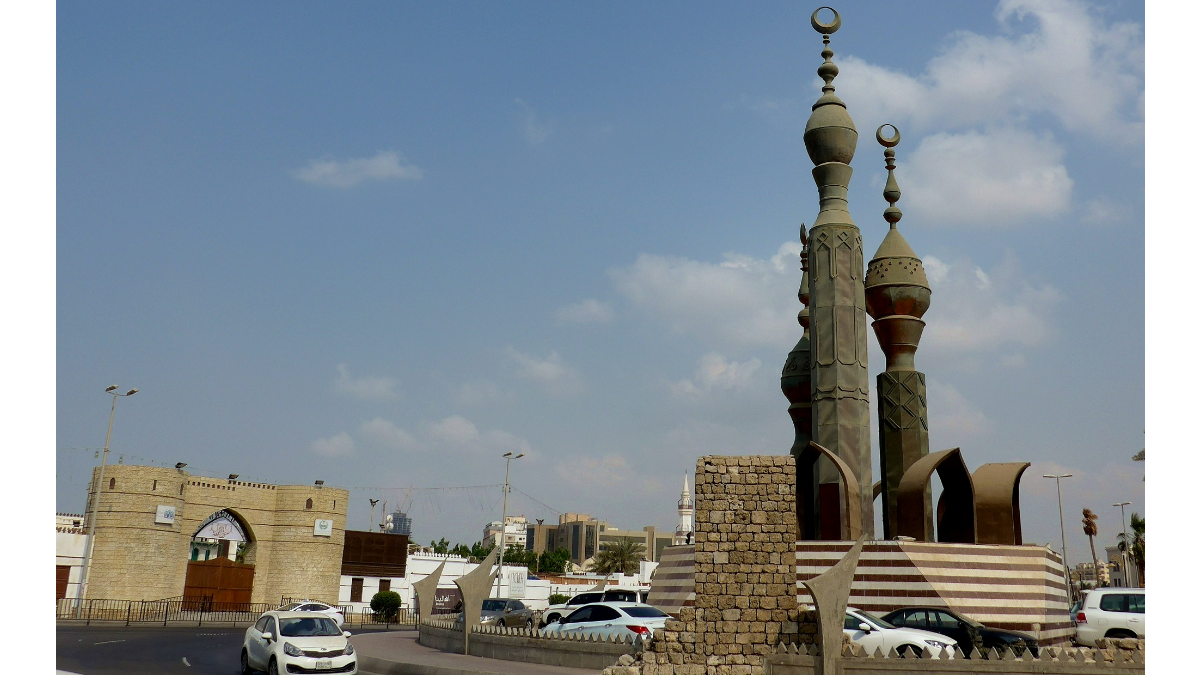
After resting overnight at the hotel by the oceanfront boulevard in Jeddah, I had a fresh morning strolling along the bustling business district of the new town against the sea breeze. The boulevard built along the bay is very broad, and, including the separate islands on the road, is densely lined by palm trees which serve as huge parasols that decorate the road into a beautiful tree-shading coastal park. Several Arab-style sculptures at the roadside lend artistic charm to the atmosphere and the pavilions among them provide cool shadows for visitors to take a rest.
The commercial district, a forest of high-rise buildings towering into the clouds, is a gathering of hotels, shopping plazas and restaurants. These newly-built structures are like a great wall, shielding those old, low buildings behind them. As it was still early, there hadn’t seen the bustle of large crowds or heavy traffic flow but was a bit quiet, except that pigeons and seagulls in flocks leisurely flied and foraged at the grass filed and the beach.
To the north of Jeddah is the new district that the Saudi royal family pumped more than 20 billion dollars to create, in the center of which stands an eye-catching project under construction, namely, the Jeddah Tower attracting investment as much as 1.3 billion dollars. It has commenced since 2014 and is expected to be the 1008-meter-high, 170-storey building when completed in 2020, the world’s tallest skyscraper surpassing the Burj Khalifa Tower of Dubai. The royal resolution as well as privileged fortune has successfully stunned the world.
I have heard that God-creating first ancestor of human beings, Adam and Eve, were buried in Saudi territory, and ‘Mother of all beings’ Eve was rested in the city of Jeddah. Originally, I intended to pay a visit then the chauffeur said that the alleged graveyard was not big in size, and without any written records or signs, it seemed nothing more than a ridge of burial mound and still kept mysterious whether it was the rumor-saying cemetery of Eve. Adam’s graveyard is said to be in a mosque of Mina, east of Mecca, which is even difficult to explore. After learning that, I had to drop the original plan of searching cemeteries but turned to another good place---the old town of Al-Balad.
The old town of Al-Balad had become the only seaport which leads to both holy cities for pilgrims ever since its establishment in the 7th century AD. During the 16th century AD, the town was conquered and ruled by the Ottoman Empire, thus has retained a rich and diverse history and culture to the world, which was included in the World Heritage List in 2014.
Originally surrounded by walls with four gates, the old town is now left with one ancient city gate for future generations to pay a visit. Two city gates have been rebuilt in recent years, but those walls unable to withstand the flowing times have long gone in the vicissitudes of history. In order to preserve historical sites, a huge amount has been earmarked from the government to rebuilt and renovated the ancient town, the project of which is planned to be completed within five years to restore its glory in the old days.
The town is not big in size, and you can take just half a day to explore every corner in the old town by walk. What impressed me the most was more than 500 houses that have been steeping in history for more than 200 years. When I strolled around the town, I felt like traveling through back to the ancient Arabian world of the 16th and the 17th centuries.
As my tour guide suggested, two museums were worthy of visiting before entering the old town, the one reconstructed from the famous old building Nasseef House as well as Jeddah Municipality Museum, so as to learn more about the old town. The museum introduces the traditional life of the Arabs and houses many foreign treasures, cultural relics and jewels.
My visiting coincided with the day of prayer when the museum was closed to the public. So, I had to walked on the rugged marble-and-granite-paved path which led me into the winding alleys of the old town.
The first thing coming into sight was the old Al Shaf'i Mosque which was undergoing a full repair inside and out. Struck by floods many times in history, its foundation has sunk, even the minaret is in a state of dilapidation. Probably, much more time and efforts will be required to finish the renovation.
The remaining houses still release an eye-feasting charm despite of the state of dilapidation. The building materials of corals reinforced with planks were drawn distinctively, so the wall seems actually not smooth but uneven at a close look. The carved wooden windowsills in the hollowed-out design stand out specially, as the grain patterns on the window look beautifully elegant, rich in the fantastic style of Ottoman times. Over careful observations, you can find subtle distinctions in every window frame, gate, door lock, door buckle and even door ear.
My tour guide explained the multiple-functions of the hollowed windows. Except for lending extra charm to the houses, they help to ventilate the room and allow the lights to shine through while separating the inner space from the outside. Women in the house would be able to watch the outside world through hollowed windows as well. In this way their gorgeous appearances could be well protected from other men, the design of which is more or less identical to the Wind Palace of Jaipur in India.
Narrow alleys of the ancient town are connected to each other to form networks, just like cobwebs with little surprises hidden around corners, you might find a small town square or a mosque around the corner, and you might come across the street lights of quaint flavor which add a sort of primitive enchantment to the historical town. There is no other place than Souk that enjoys the most popularity that visitors always indulge in pleasures without stop. Stores, large and small, gather here selling a variety of Saudi specialties, such as Frankincense, spice and date which are known as the Three Saudi Treasures. Jeddah is fond of gold ornaments to the same extent as other areas in the Middle East, so gold dealers are absolutely inevitable in the market, though much smaller in scale than those I saw in Dubai.
After oil was discovered in the old town, most of the original residents rose to become new wealthy families and then moved out one after another to the new affluent neighborhoods. On the other side, those historical legacies left accommodate migrants from surrounding areas like Yemen, Syria and Pakistan, and each property are fully occupied by many families. The region has gradually become the hub of new migrants.
Syrians then began to run business the market. There is a hint about carefully selecting special local products, pretty headscarves, black robes or traditional handmade souvenirs, in case that you finally get unwanted goods that are not the same with samples on display.
Tang Yu Lap Hantec Honorary Chairman

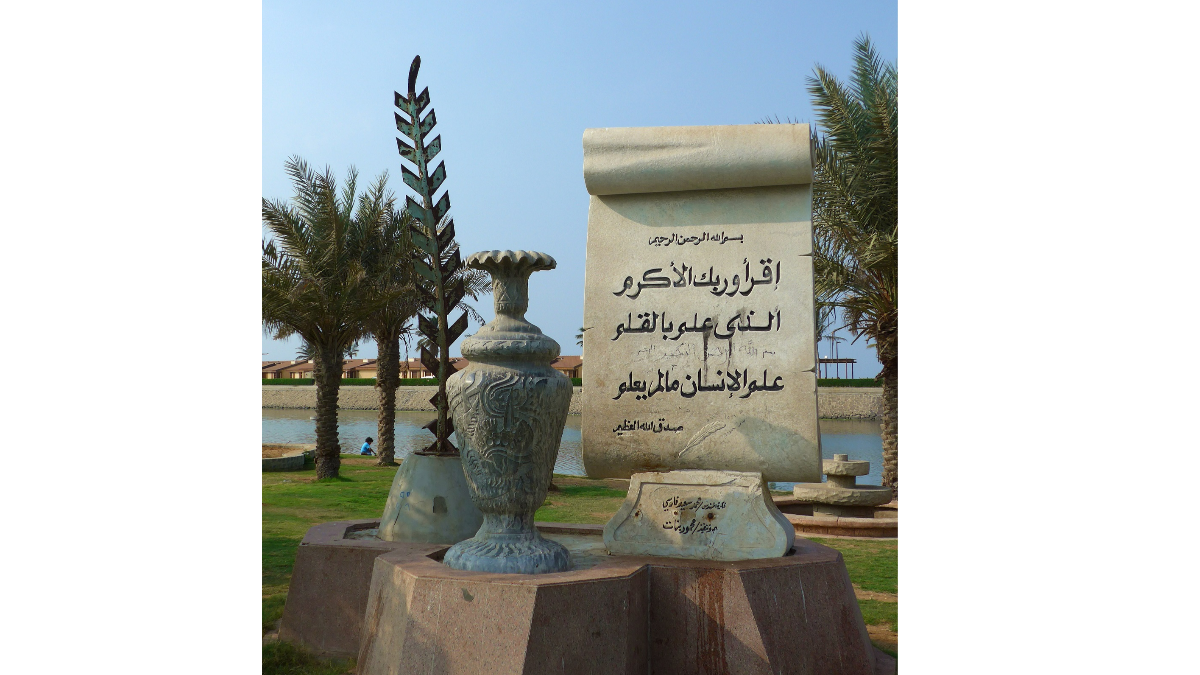


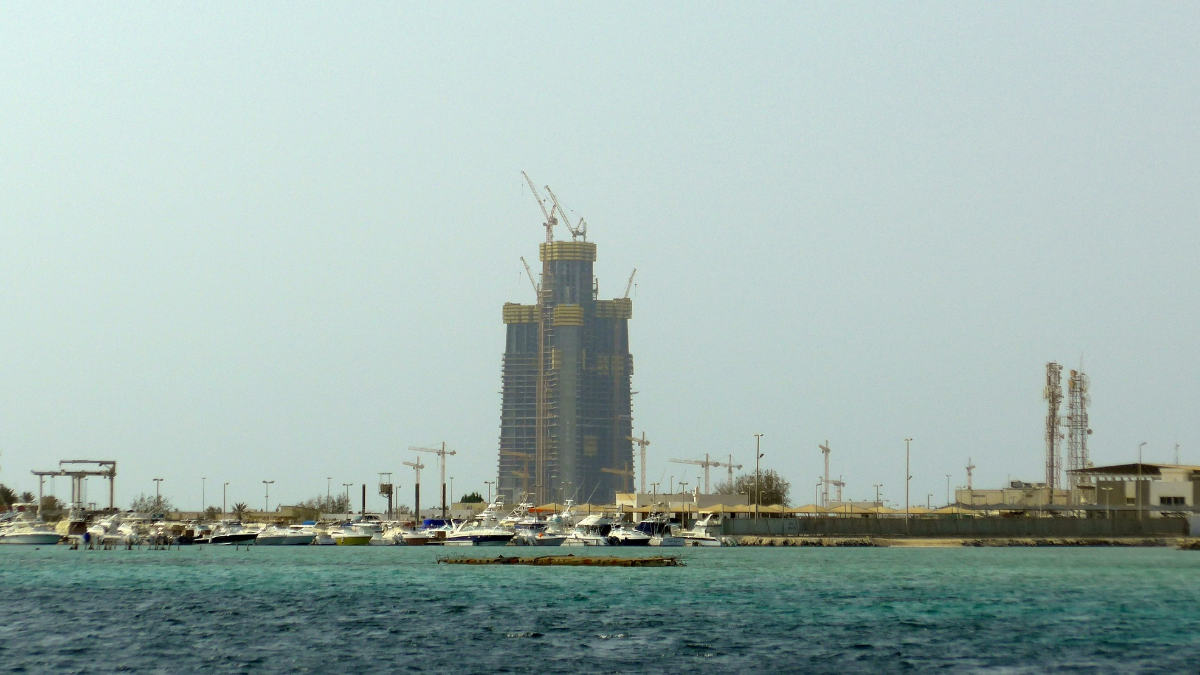
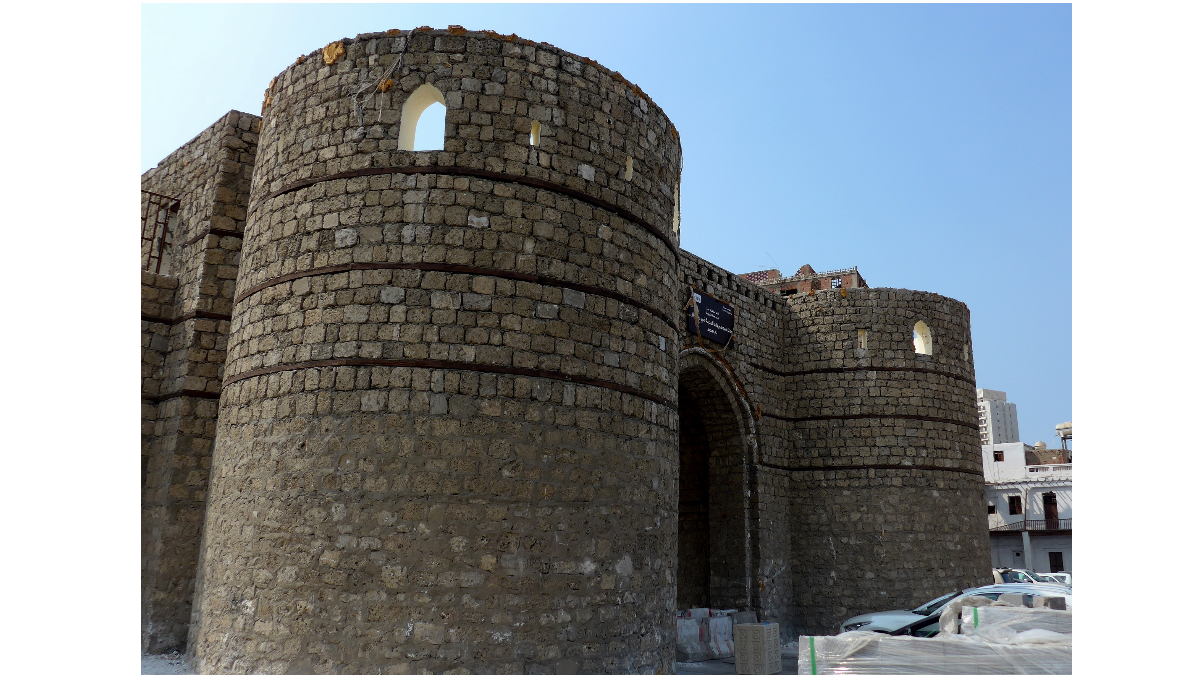
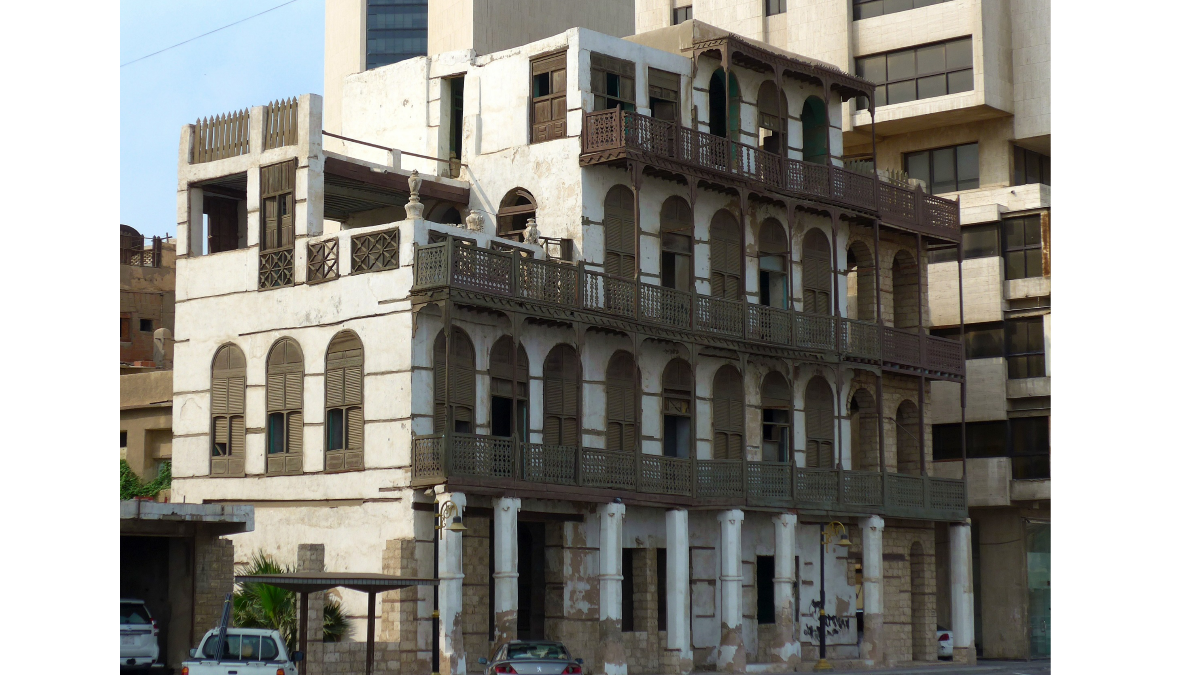
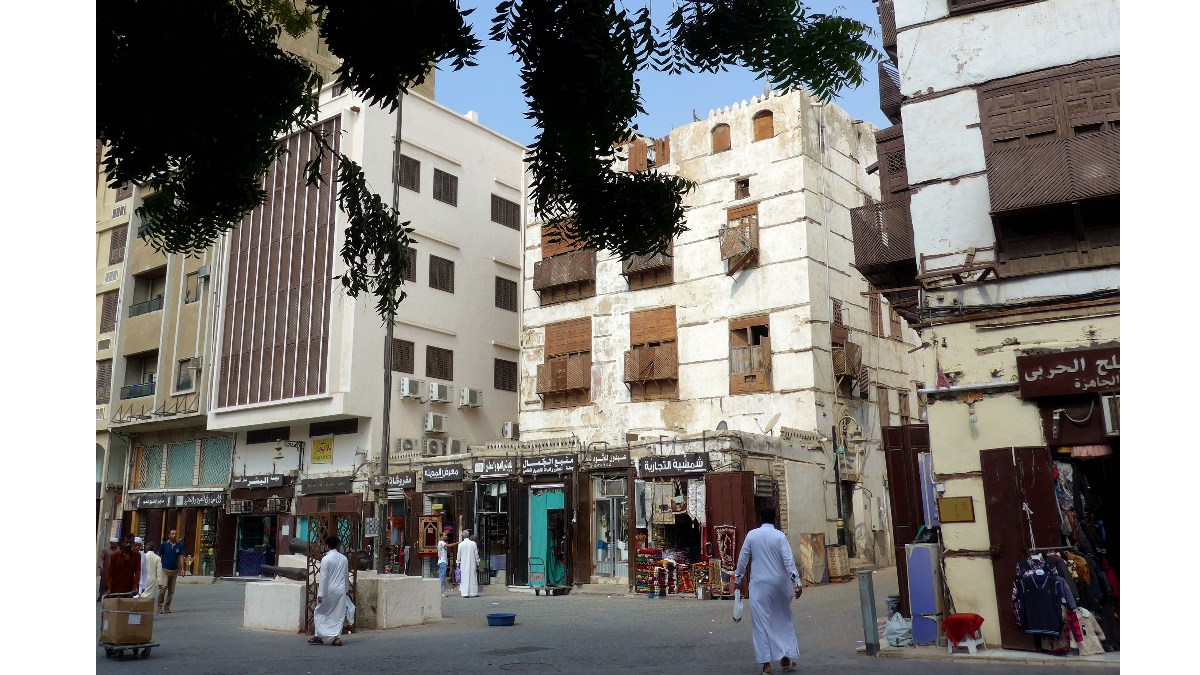

The tree-shading seafront boulevard and Arab-style sculptures at the roadside
Extended Reading
Hantec Group Has Been Awarded “Hong Kong Green Awards” for 11 Consecutive Years
BY Group Branding and Promotion FROM Hantec Group
<Markets Analysis>The Continued Uptrend of US Dollar Needs More Data Support
BY Group Branding and Promotion FROM Hantec Group
<Markets Analysis>U.S. Treasury Yields Remain High, Caution Needed at USD105
BY Group Branding and Promotion FROM Hantec Group
5th Floor, 34-36 Gray’s Inn Road, London WC1X 8HR
(44) 20 4586 8213
No. 24, lane 102, An-He Rd. Sec. 1, Taipei, Taiwan
(886) 02-2755 1681